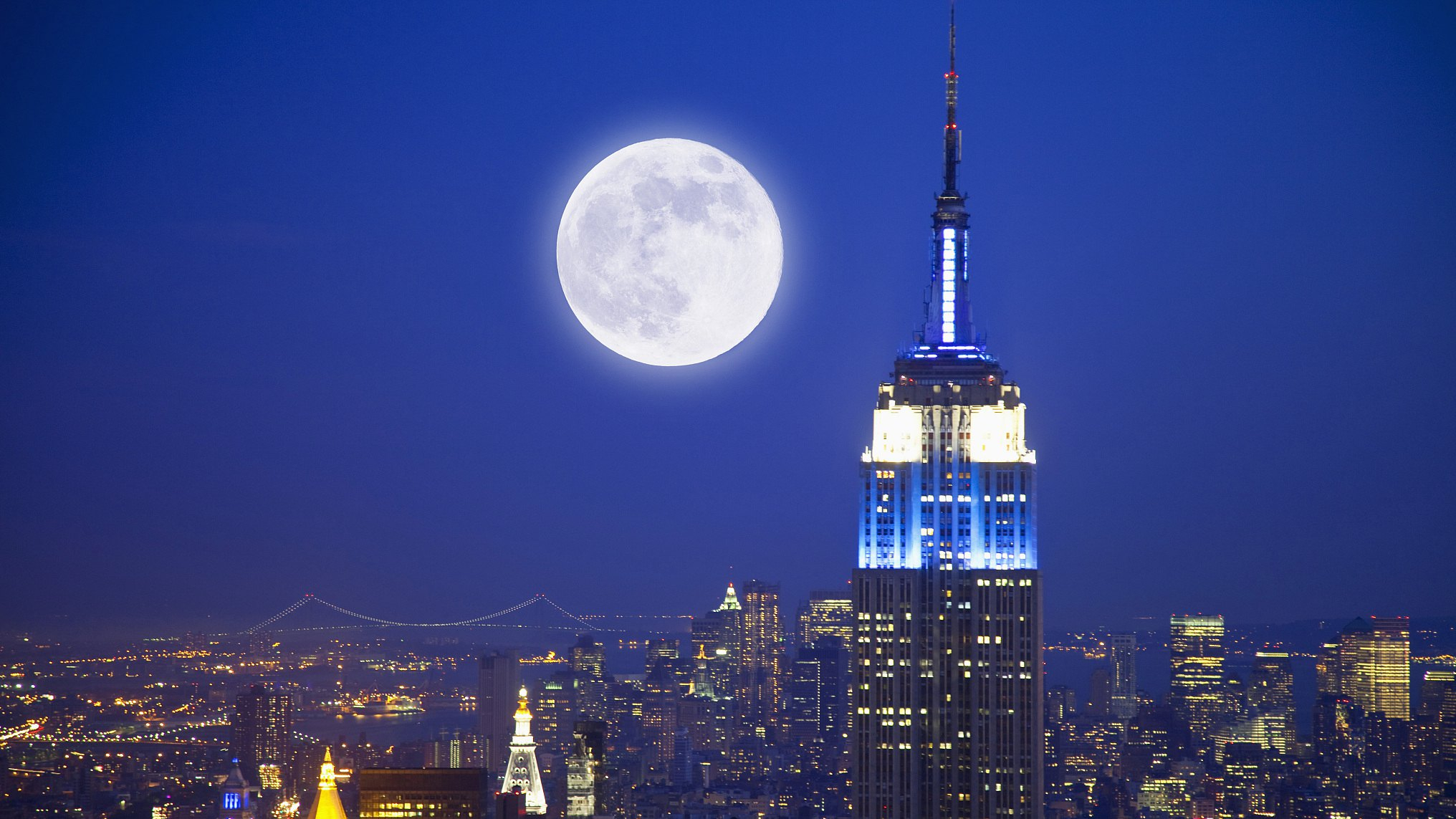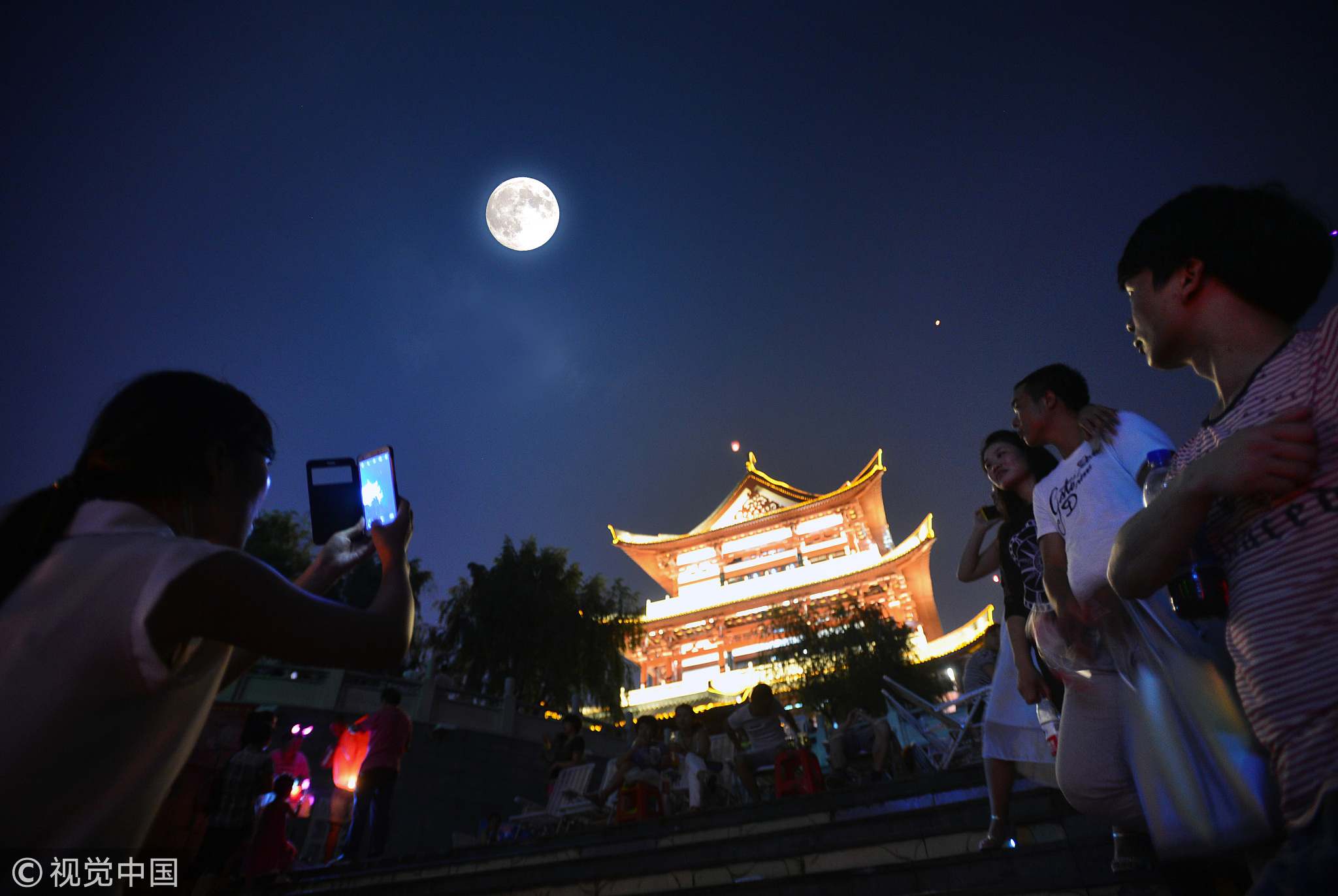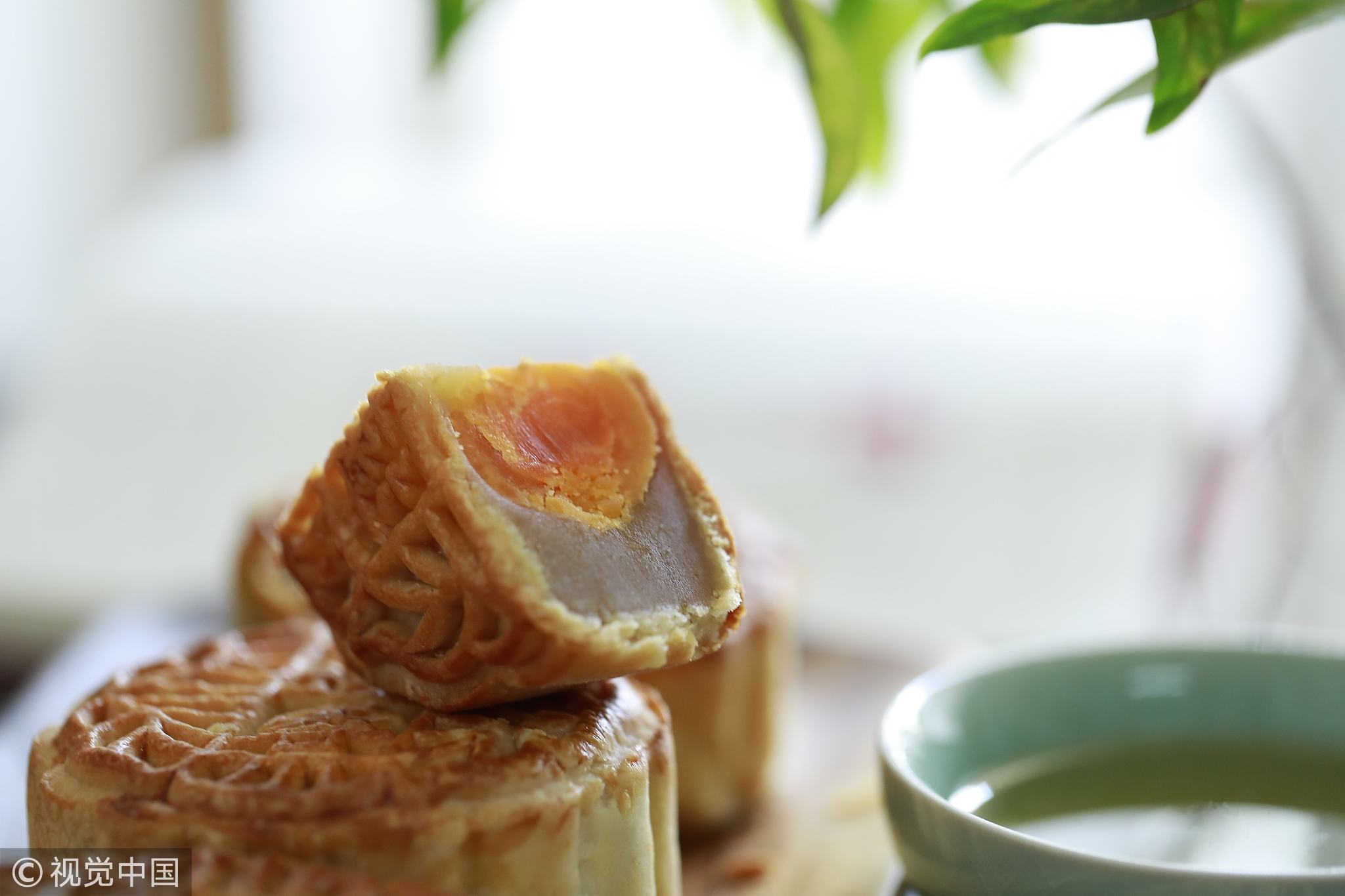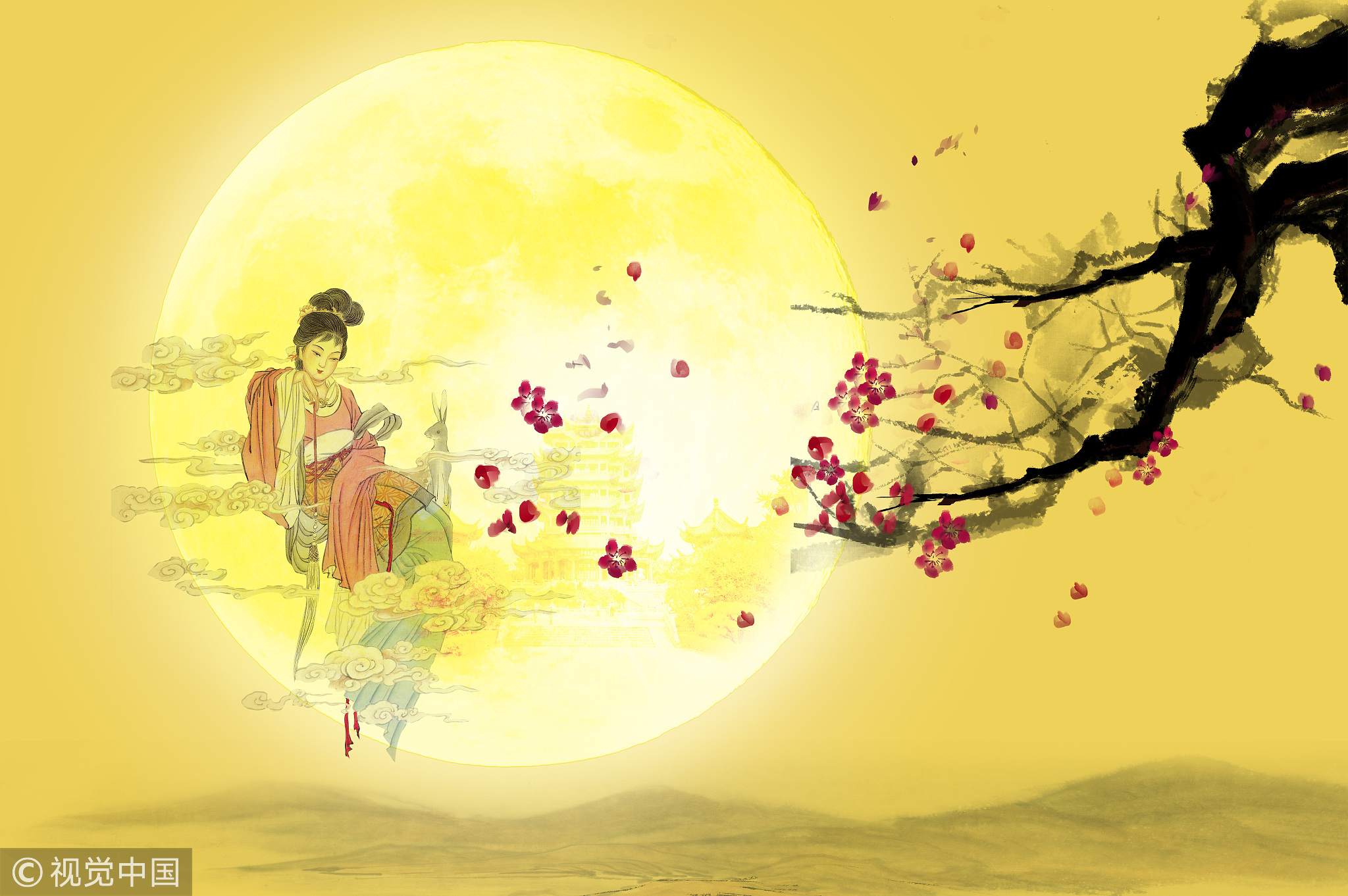
Opinions
12:47, 24-Sep-2018
Opinion: There is more to the Mid-Autumn Festival than mooncakes
Updated
12:11, 27-Sep-2018
Liu Shinan

Editor's note: Liu Shinan is a senior columnist for China Daily. The article reflects the author's opinions, and not necessarily the views of CGTN.
All humans cherish the bonds between family members but the Chinese seem to particularly treasure this relationship, for they have invented a host of festivals with the theme of "tuanyuan", or family reunion, to celebrate it.
Then what's the difference between the Mid-Autumn Festival and the Spring Festival or the Lanterns Festival?
The former differs from the latter two because of its deeper importance. While the Lunar New Year's Day is a time for celebration and the Lanterns Festival is a pyrotechnic spectacle, the Mid-Autumn Festival is more focused on praying and meditation than merry-making. Because of this, it bears more aesthetic and literary implications.

People admire the moon at the Mid-Autumn Festival in China. /VCG Photo.
People admire the moon at the Mid-Autumn Festival in China. /VCG Photo.
During Spring Festival holidays, people return to their parents' homes for family reunions no matter how far away they live, but they generally do not make the trip in Mid-Autumn Festival. They simply let themselves enjoy the bright full moon, and if their families can't be there in person, they're there in thought.
The festival originated with the ancient Chinese people who worshiped the moon. Compared with the blazing sun, the moon appears more approachable and more easily evokes a sense of affinity in people.
The 15th day of the eighth lunar month has the brightest moon in the year as this is when the night sky is at its clearest. Looking into the seemingly translucent moon, one cannot help thinking of it as a mirror and imagining the reflections of their loved ones who are looking at the same moon thousands of miles away.
That feeling of missing a loved one is best conveyed in a poem the famous Song Dynasty poet Su Shi who,on the Mid-Autumn Festival in 1076. wrote a verse to his brother, who lived separately.
"The moon does wax, the moon does wane/And so men meet and say goodbye/I only pray our life be long/And our souls together heavenward fly!"
The poem, known to every Chinese, is one of the most famous of all the moon-themed poems, of which there are thousands, in Chinese history.

Mooncake. /VCG Photo.
Mooncake. /VCG Photo.
There's also the classic mythology that adds to the festival's aesthetic attraction.
Legend has it that one day in early ancient times, 10 suns appeared in the sky. The scorching stars parched everything on the Earth.
A hunter named Hou Yi shot the nine pernicious suns down and saved the human race. Moved by his heroic action, Goddess Xiwangmu, the Queen Mother of the West, gave him a "pill of immortality", which would turn him into a celestial being. Hou was unwilling to part with his beautiful wife, so he asked her to keep the pill.
A disciple of Hou heard about it and went to the master hunter's home when he was away, trying to force Hou's wife to hand the pill over. Chang'e, the woman, swallowed the tablet ito prevent the magical medication from falling into an evil man's hands. The pill took effect and Chang'e flew to the moon with her pet rabbit, to become the goddess of the Moon Palace.

Imagined image of Chang'e. /VCG Photo.
Imagined image of Chang'e. /VCG Photo.
It then became a custom for people - women, especially - to worship the moon on the mid-autumn day. An altar would be set in the courtyard for mooncakes and watermelon while incense was burnt as offerings to the moon goddess.
People prayed for good luck, family happiness, and a bumper harvest. Girls expressed wish to be as pretty as Chang'e and secretly hoped to find a good husband, while their younger siblings enjoyed the cakes and fairytales told by the adults. It all went on in serenity.
Today, the celebration has changed and added modern elements, but the festival's unique charm remains.
(If you want to contribute and have specific expertise, please contact us at opinions@cgtn.com.)

SITEMAP
Copyright © 2018 CGTN. Beijing ICP prepared NO.16065310-3
Copyright © 2018 CGTN. Beijing ICP prepared NO.16065310-3